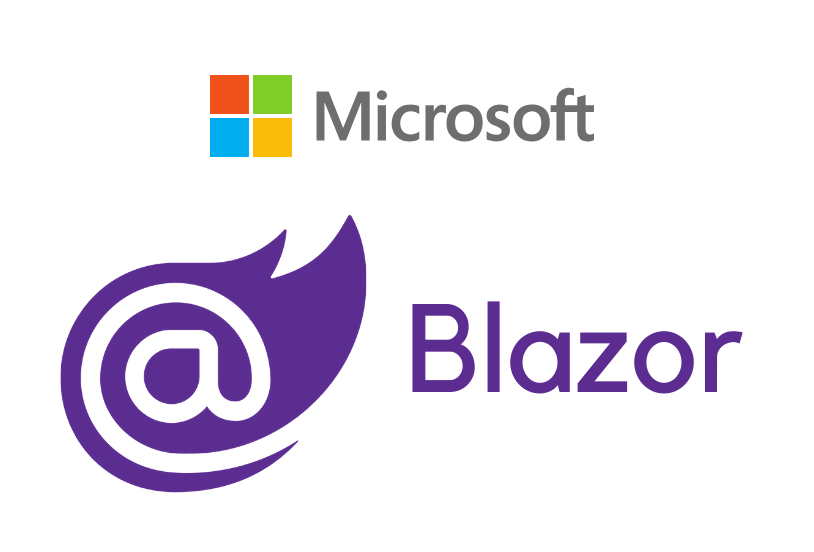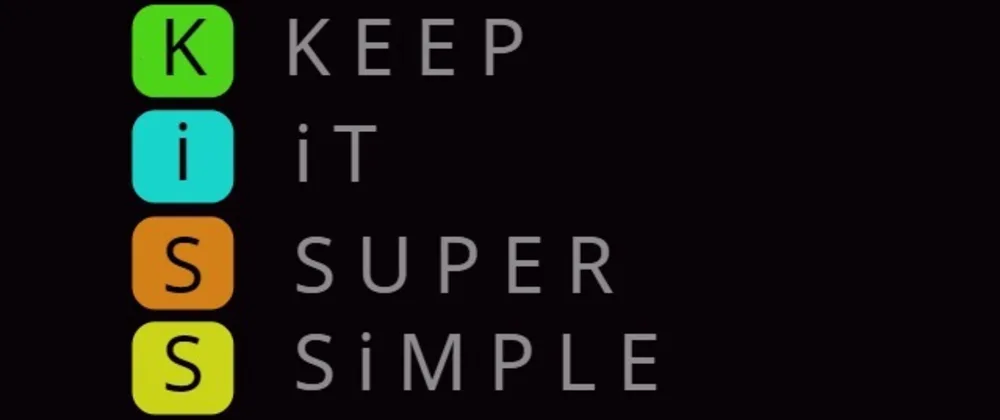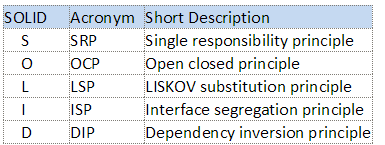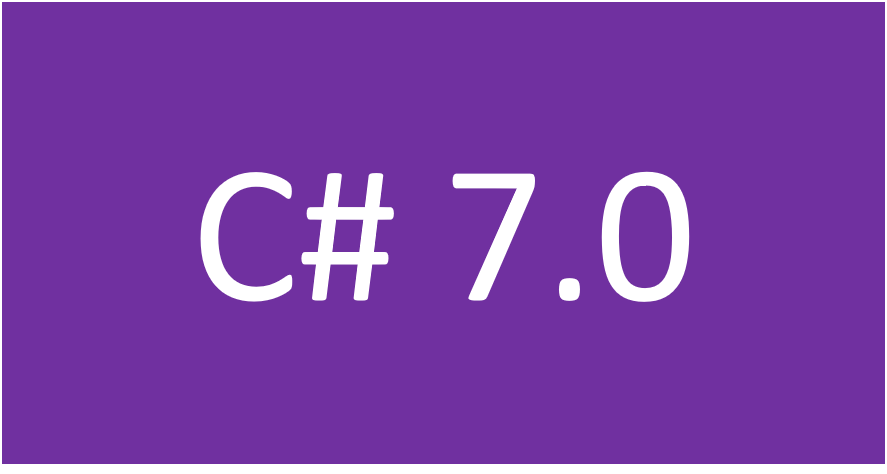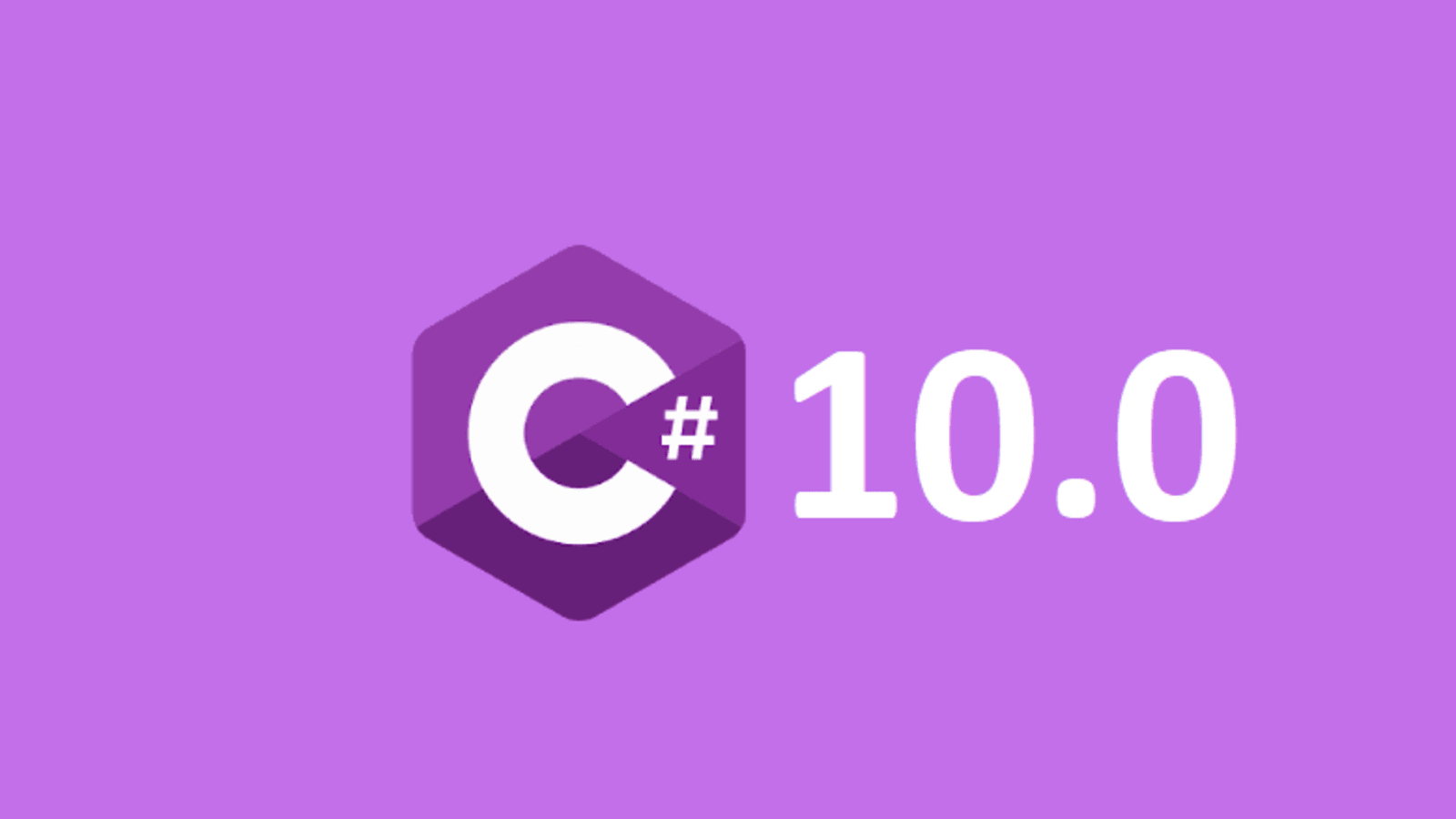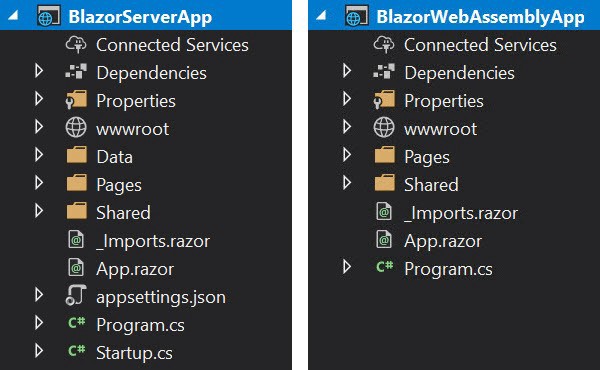My Articles
Explore Enumeration classes in .NET
Introduction Enums in C# have long been the go-to choice for defining a fixed set of related constan…
Navigating the Next Wave: A Deep Dive into HTTP/3
Introduction: The internet is always changing, with new technologies popping up to make things faste…
Demystifying CORS in .NET 6.0 Minimal APIs
Introduction: Cross-Origin Resource Sharing, commonly known as CORS, plays a pivotal role in contemp…
Handling Exception with ‘When’ clause in Catch block
Introduction: C# 6.0 introduced several language enhancements to make code more expressive and devel…
Understanding the Declaration Pattern in C#
In the realm of C# programming, developers often encounter scenarios where they need to check and ex…
Comparison of xUnit, NUnit, and MSTest in .NET Core Testing
Introduction: Testing is an integral part of the software development life cycle, ensuring the relia…
Exploring C# 12 Features
As technology evolves, programming languages continue to advance, offering developers new tools and …
Dependency Injection in .NET 8.0 – Keyed Service Registration
Dependency Injection (DI) in .NET provides a mechanism for managing the dependencies between various…
Exploring Channels in .NET
Channels in .NET are a fundamental addition to the asynchronous programming model. They provide a wa…
<strong>Difference between COUNT (1), COUNT (*) and COUNT(COLUMN_NAME)</strong>
COUNT () is a function in SQL Server counts the number of rows. This method accepts only on paramete…
<strong>Rate Limiting in .NET 6.0</strong>
In this tutorial we are going to discuss about Rate limiting in .NET 6.0 and see the difference ways…
Dependency Inversion Principle in .NET 6.0
As applications grow in complexity, one of the ways to manage the application is to break it up base…
Blazor Route Parameters
In this article, we are going to discuss on route parameters in blazor. A route parameter is d…
The KISS Principle
KISS stands for Keep It Simple, Stupid —the fundamental idea behind the KISS principle in software d…
ASP.NET Core razor components
ASP.NET Core razor components In this article we are going to discuss on creating effective and reus…
API versioning in ASP.NET Core-Query Sting
API versioning can help evolving our APIs without changing or breaking the existing API services. UR…
Learn about SOLID Principles
SOLID design principles in C# are basic design principles. SOLID stands for Single Responsibility Pr…
C# 7.0 – Tuples
Tuples are not completely new in C# 7.0. In .NET Framework 4.0, a set of Tuple classes has been intr…
C# 7.0 -Ref Return and Ref Local
C# 7.0 introduces ref returns and ref locals. The main goal of these new features is to make it easi…
C# 7.0 – Pattern Matching
C# pattern matching is a feature that allows us to perform matching on data or any object. We can pe…
C# 7.0-Local Functions
Local functions are a new feature in C# 7 that allows defining a function inside another function. L…
c# 8.0 top 5 Features
C# 8.0 is supported on .NET Core 3.x and .NET Standard 2.1. The remainder of this article briefly d…
C# 9 top 3 features
Today we are going to discuss three features from C# 9.0. In order to use C# 9.0 and .NET 5.0, we sh…
C# 10 Features
There are so many features in C# 10 that I have fallen completely in love with that help simplify so…
Blazor Project structure
ASP.NET Web Forms and Blazor share many similar concepts. Here, we'll look at the structure of a Bla…
Blazor Introduction
Blazor is a free, open-source Web framework that allows us to create interactive applications in C# …

